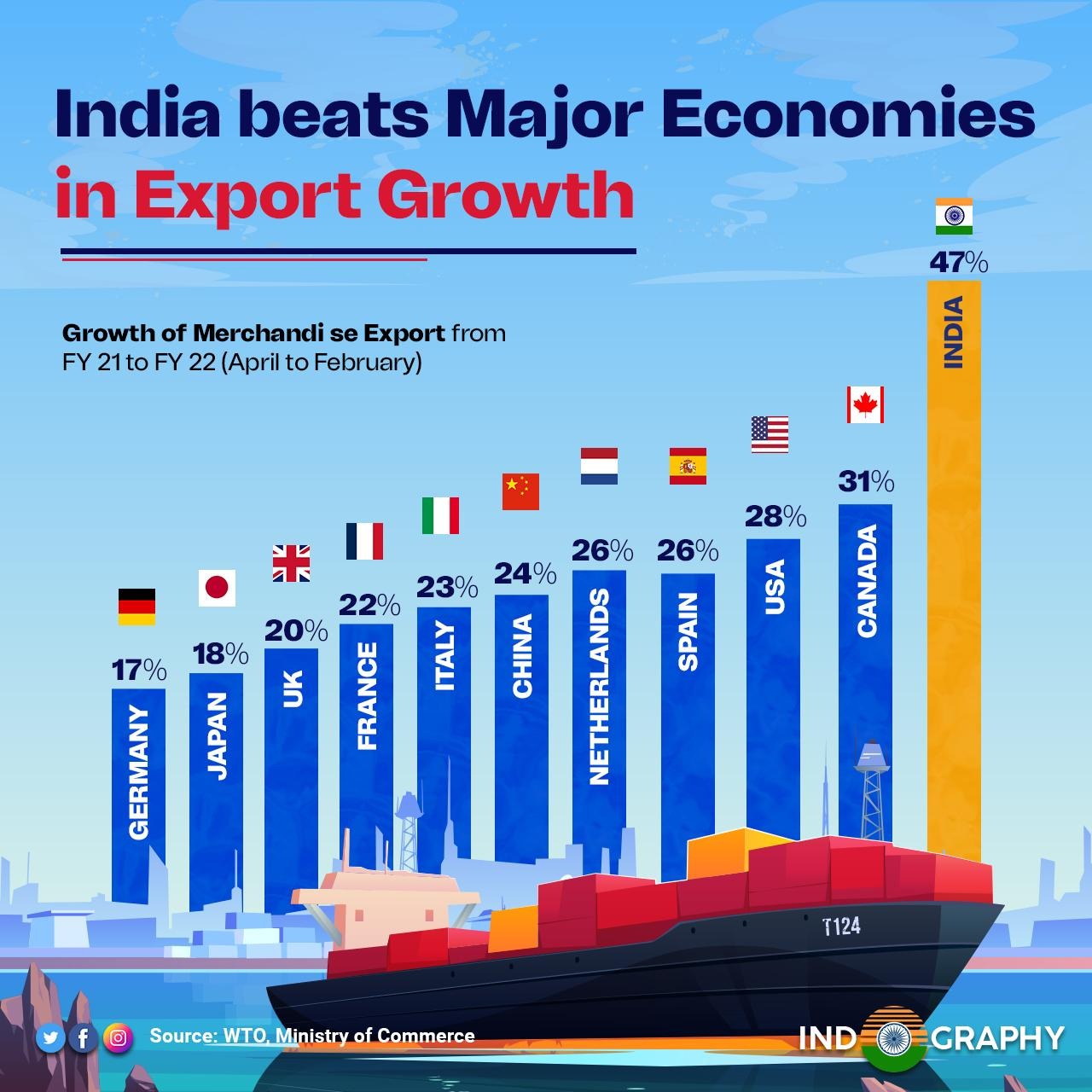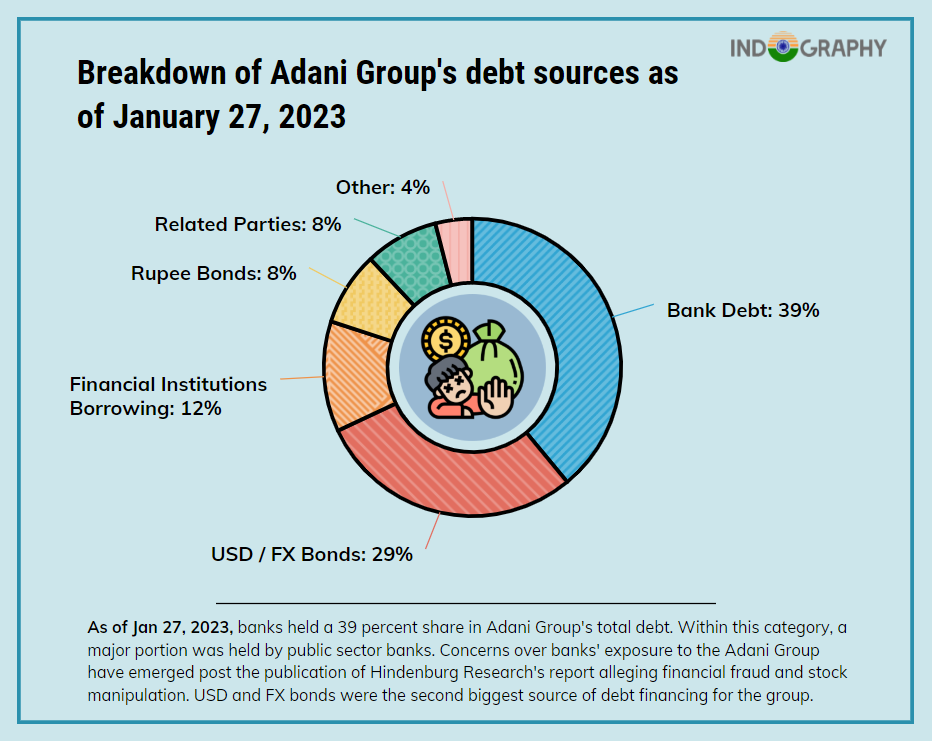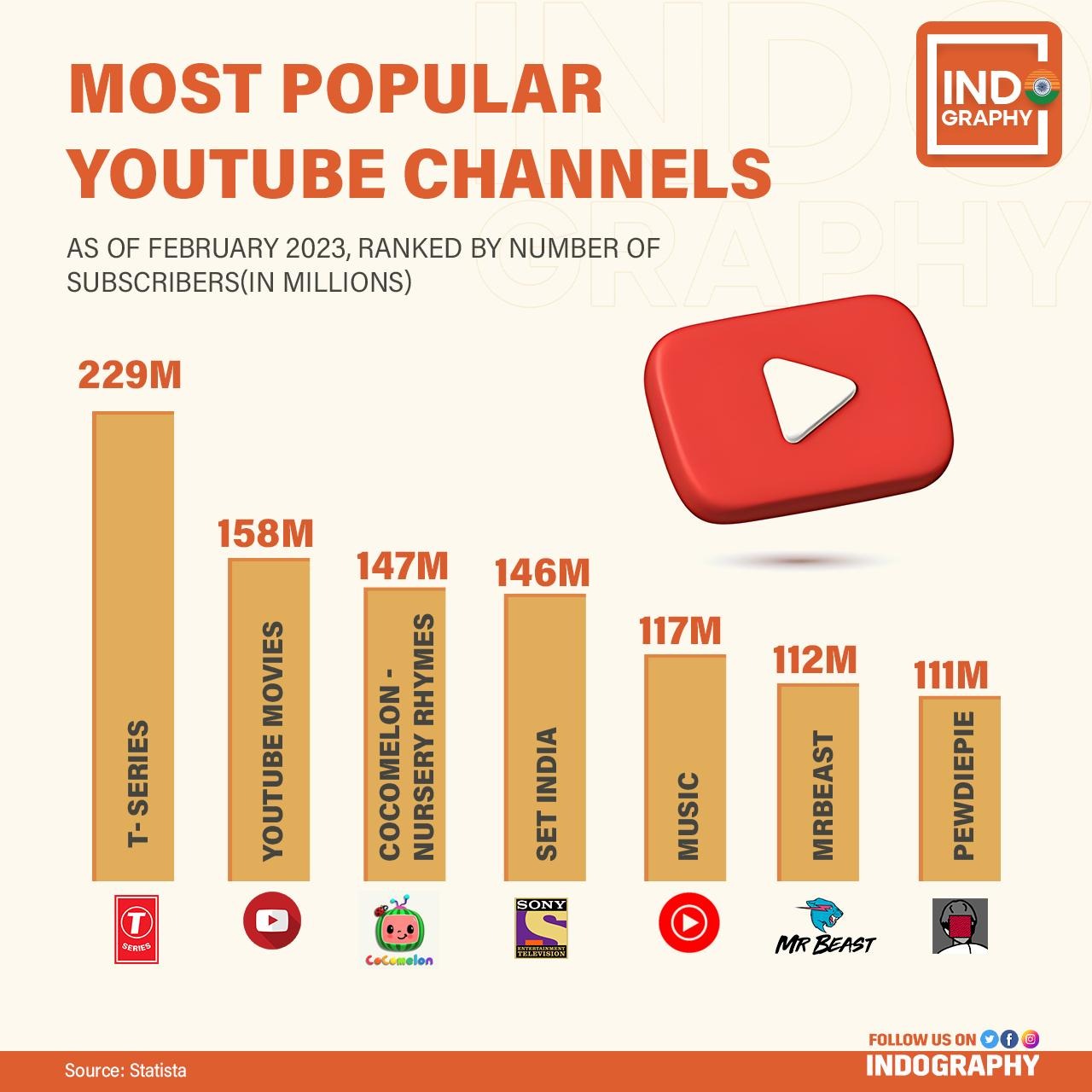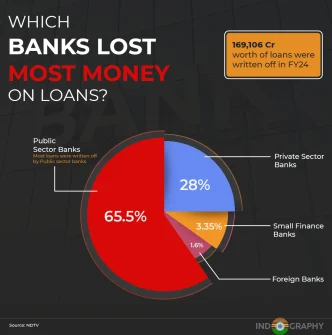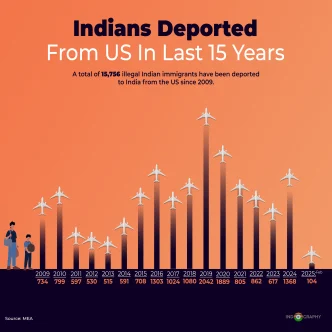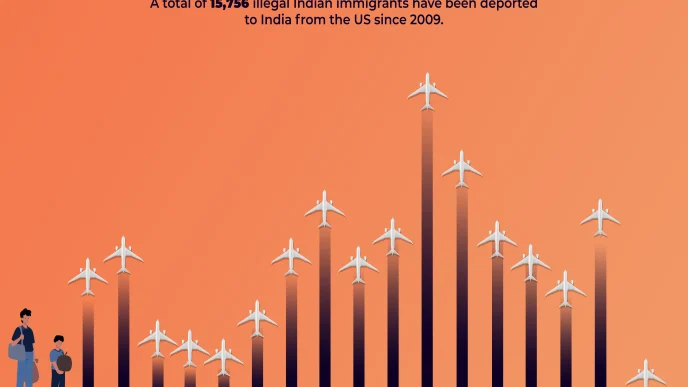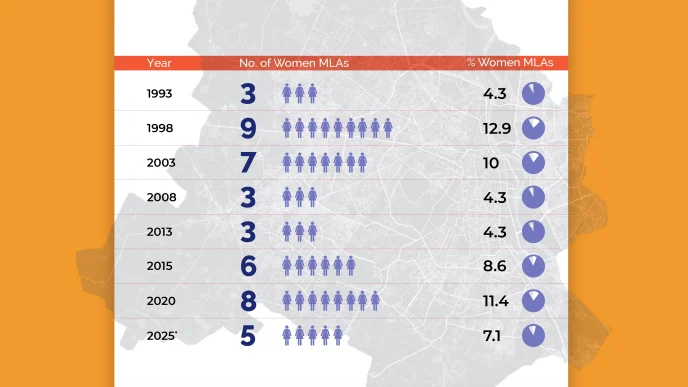Thanks to home production! Under the ‘Make in India initiative, India Achieves Record Exports worth $400 billion of exports in goods; the previous high was $330 billion in 2018–19. Additionally, India has regional trade agreements with the 12 ASEAN countries involved in the RCEP, and exports to them climbed from $25.13 billion in 2015–16 to $42.32 billion in 2020–21.
The UPA government’s industrial initiatives have not gotten as much attention despite the success of “Make in India.” To boost manufacturing in India, the previous administration banked on the Regional Comprehensive Economic Partnership (RCEP), a free trade pact with 15 member nations that, with India excluded, account for 30% of the world’s population and GDP. But the current administration withdrew from the RCEP in 2019 and banked on “Make in India.” These two approaches are contrasted and compared in this essay.
Given its perilous situation, India’s participation among the 14 RCEP members was a losing strategy because they are responsible for 70% of our trade imbalance. Additionally, the only nation that stood to gain from joining the plan was China, which lacks an FTA with India but would have gained exclusive access to the Indian market through RCEP. India already has regional trade agreements (RTAs) with 13 of these 14 countries; hence, joining RCEP has no benefit for it. The “Make in India” (MI) programme of the Modi administration is focused on enhancing local manufacturing before engaging in any agreements where it is going to lose. Thanks to local manufacturing and the MI strategy, India has exported items worth a record 400 billion dollars, with the next-highest amount coming in at 330 billion in 2018–19. Furthermore, exports to the 12 ASEAN countries included in the RCEP, with whom India has regional trade agreements, rose from $25.13 billion in 2015–16 to $42.32 billion in 2020–21, even though India is still seeking to close its $25 billion trade deficit with them.
90% of all items would have their tariffs eliminated under the RCEP, allowing for a flood of imports from RCEP countries into the Indian market. Although China uses non-tariff barriers to discriminate against India, notably in the pharmaceutical and information technology industries, it has not provided any guarantees to India that it will maintain its WTO responsibilities in these areas. The goal of MI is to achieve industrial independence in sectors where China erects non-tariff barriers. In India, for instance, the proportion of API imported from China declined from 48 to 24. Thanks to the introduction of the PLI Scheme for three pharmaceutical verticals valued at 21,000 crores under the Make in India initiative, pharmaceutical exports have surged by 103% since 2013–14, from Rs 90,415 crores in 2013–14 to Rs 1,83,422 crores in 2021–22.
Because the RCEP does not contain any particular provisions for the country to flourish in sectors where India is a strong power, we are unable to capitalise on our strengths and must play to our shortcomings. The MI is a comprehensive strategy that understands how to gradually develop in sectors where it has historically been weak, such as defence-related products, while consolidating supremacy in those where it is strong. Agri exports totalled 89 thousand crores between 2009 and 2014; they increased to 1 point 93 lakh crore between 2014 and 2019; and they hit a record high of 3 lakh crore between 2021 and 22. This percentage has altered under “Make in India,” with the value of defence exports reaching Rs. 14,000 crores in the fiscal year 2021–2022. India imported 40 times more defence goods in 2014 than it exported. Making in India is starting to pay dividends in industries that were previously neglected, as imports fell by 21% between 2012 and 2017 compared to the period from 2012 to 2016.
No such assurance exists regarding the development of shared infrastructure in importing countries to reduce sizable trade deficits between nations and balance trade in sectors where there has historically been a deficit in certain product segments produced in RCEP-listed countries. As a result, the RCEP favours powerful nations, particularly in profitable industries that demand advanced technology and specialised personnel. The government of MI saw that there had been a steady but gradual change in favour of China in the highly lucrative and technologically difficult mobile phone manufacturing sector whenever commerce between China and India expanded. As of right now, China’s mobile phone imports have dropped by 55%, from $1.14 billion in 2020–21 to $626 million in 2021–22. On the other side, MI will help India export mobile phones worth Rs. 43,500 crores in 2022, a 75 per cent rise over the previous year.
A system that would automatically stop imports if a maximum import threshold had been achieved in any section has not been included in the RCEP. Domestic producers are discouraged from expanding capacity due to the volume of cheap imports that flood the market unprotected, at least in sectors where RCEP nations can compete. In MI, it was found out what products were being imported but didn’t need a lot of training or a lot more manufacturing know-how. Since MI has improved local manufacturing capacity, it has been able to decrease toy imports by 70% to $110 million (Rs. 877.8 cents), an increase of more than 61 per cent over $202 million during FY18–19, and raise exports to $326 million. The majority of toys were produced in China.
The unclear nature of the original regulations was another important problem with the RCEP. When countries like China dump products from countries like Indonesia that obtain tax benefits from India, trade evasion usually results. The countries that have an FTA with India are expected to produce persuasive proof of the value addition done to the product being exported to India due to the consequences of the rule of origin. Value addition via in-country assembly is another significant area for Make in India. China continues to be the world’s manufacturing hub although Foxconn, Pegatron, and Wistron have all opened assembly plants in India as a result of “Make in India.”
RCEP does not take into consideration the geopolitical implications of importing and exporting certain items, as well as the need for goods for a nation’s security and sovereignty. Because the MI strategy understood that trade may be used as a geopolitical tool against India, the government established a $10 billion PLI plan for semiconductor design and production. It was never believed that India could produce semiconductors despite having a $27 billion domestic market, but Vedanta and Foxconn are now investing Rs 1.54 lakh crores to build the nation’s first semiconductor production plant in Gujarat, and another 23 applications are in various stages of development. Additionally, India is pleased to introduce 5G services, local architecture, and infrastructure.
